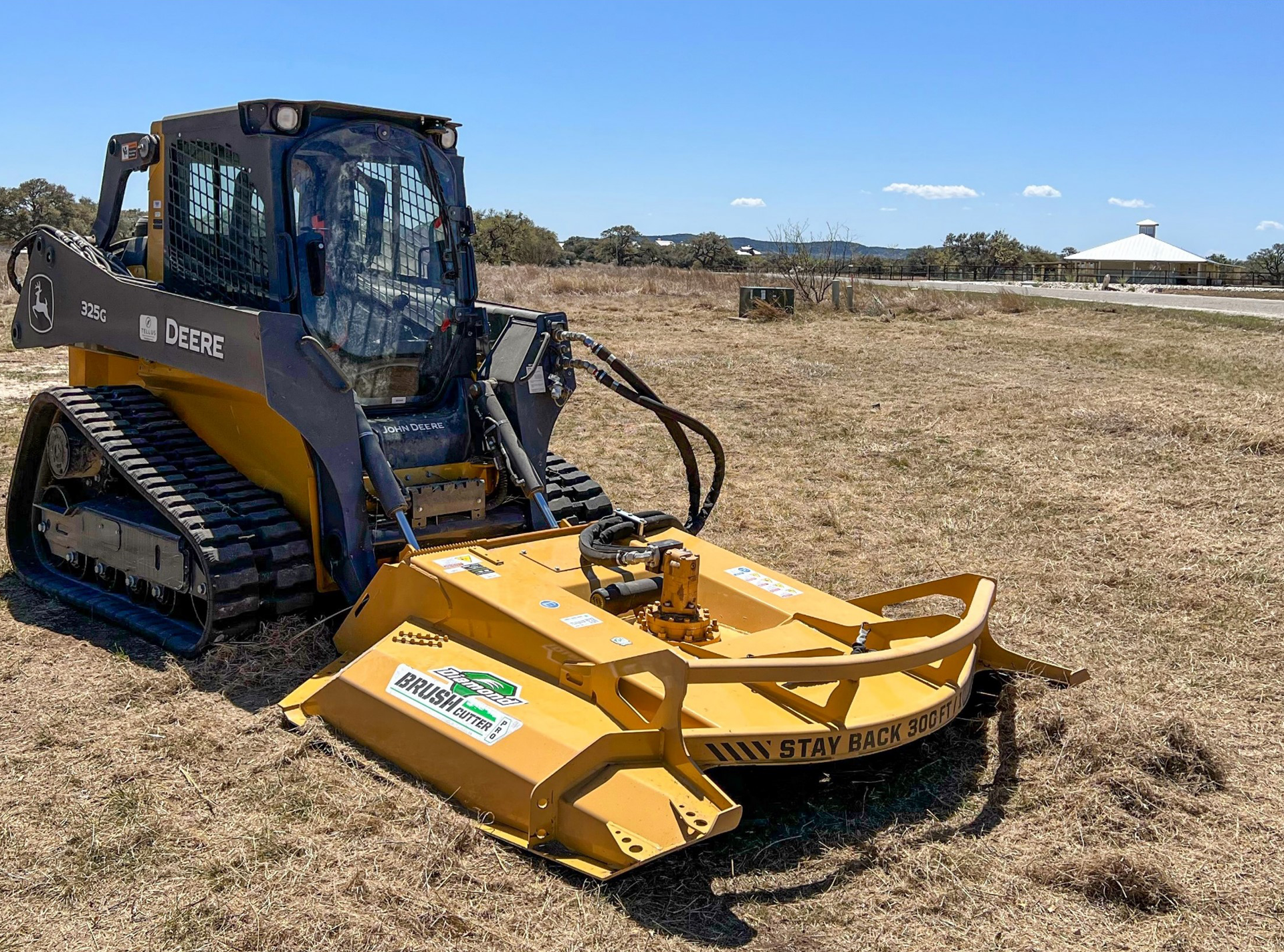Heavy Mowing

Heavy Mowing
Our team of professionals promises you fast, efficient mowing!
Heavy mowing is a specialized lawn care practice that involves cutting grass and vegetation at a lower height than regular mowing. This method is typically employed in specific situations where more aggressive grass management is required to address issues like overgrowth, weed control, or the development of thatch. By mowing the grass at a lower height, heavy mowing helps reduce the density of the turf, allowing more sunlight to reach the soil surface. This can discourage the growth of certain weeds and promote the growth of the desired grass species. Additionally, heavy mowing can help control thatch build-up, which is a layer of dead grass and organic matter that accumulates near the soil surface. The process of land clearing can vary based on factors such as the size of the land, the type of vegetation, and the intended land use.
Assessment
Before embarking on heavy mowing, an assessment of the lawn's condition is conducted. Factors like grass type, current height, and the severity of issues such as weed infestation or thatch accumulation are taken into account.
Lower Cutting Height
Unlike standard mowing, heavy mowing involves setting the mower blades at a lower cutting height. This effectively trims the grass more closely to the ground.
Thatch and Weed Management
Heavy mowing helps address the buildup of thatch, which is a layer of dead grass and organic matter that accumulates at the soil's surface. It also aids in managing weed growth by reducing their access to sunlight and resources.
Promoting Air Circulation
By cutting the grass shorter, heavy mowing promotes better air circulation around the base of the plants. This can discourage fungal diseases that thrive in humid and stagnant conditions.
Encouraging Healthier Growth
While heavy mowing can stress grass initially, it often stimulates new growth that is denser, more resilient, and better able to compete against weeds.
Post-Mowing Care
Following heavy mowing, it's essential to implement proper aftercare practices. Adequate watering, fertilization, and potential overseeding might be necessary to aid in the recovery and growth of the lawn.
